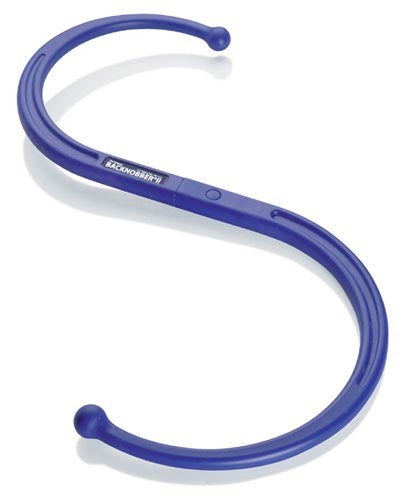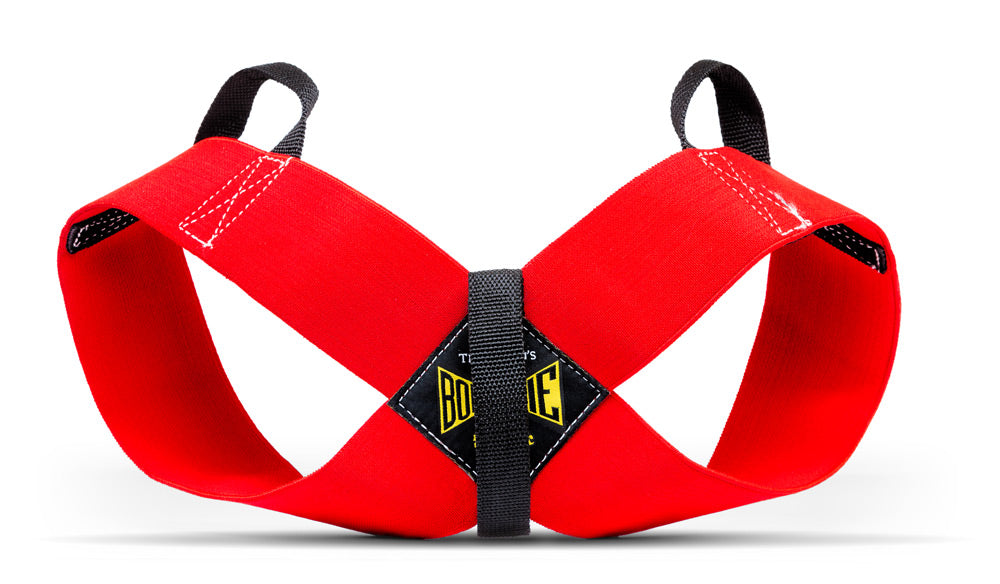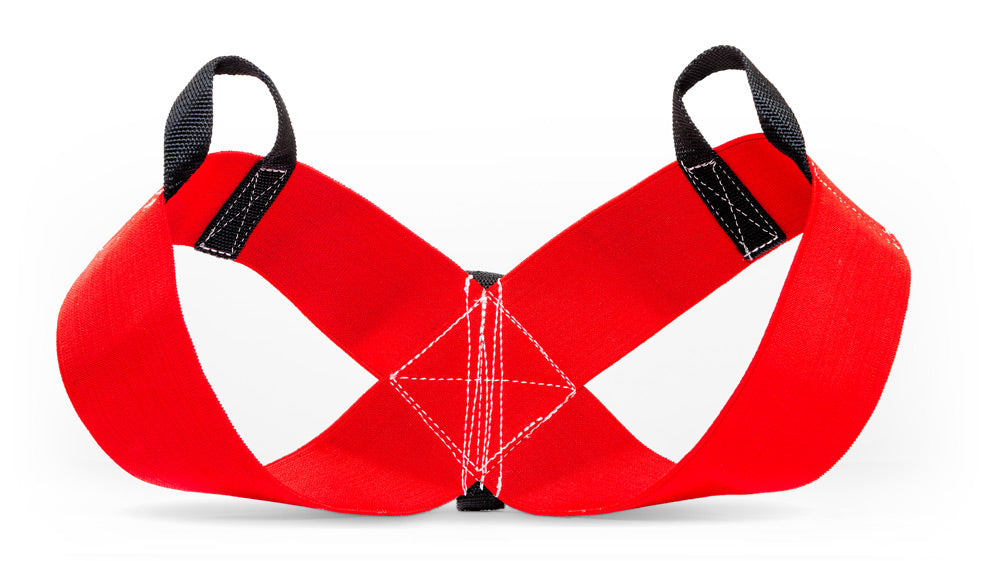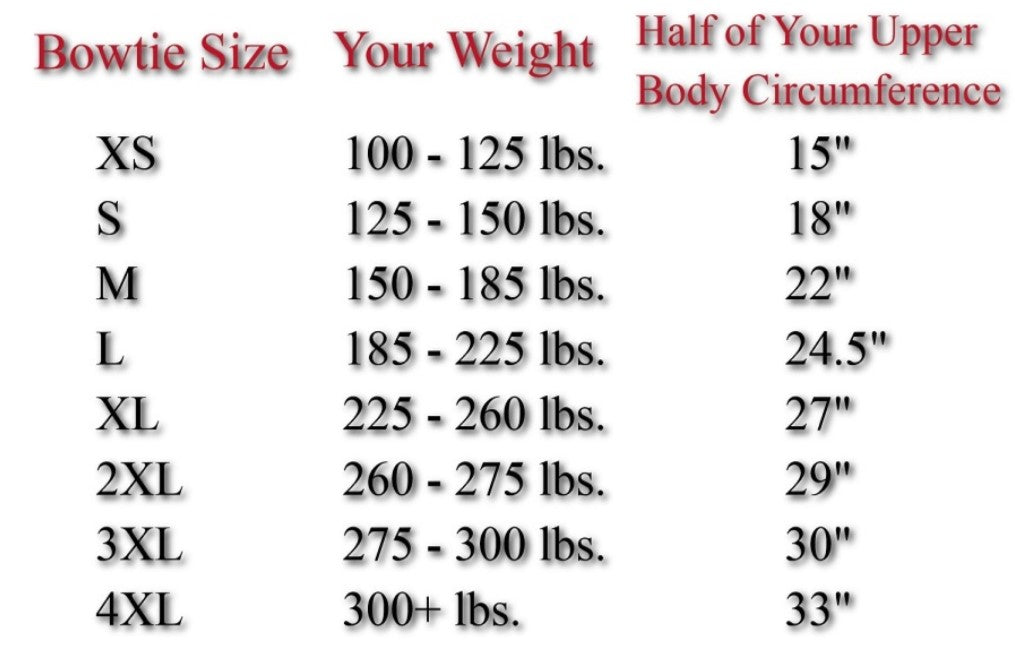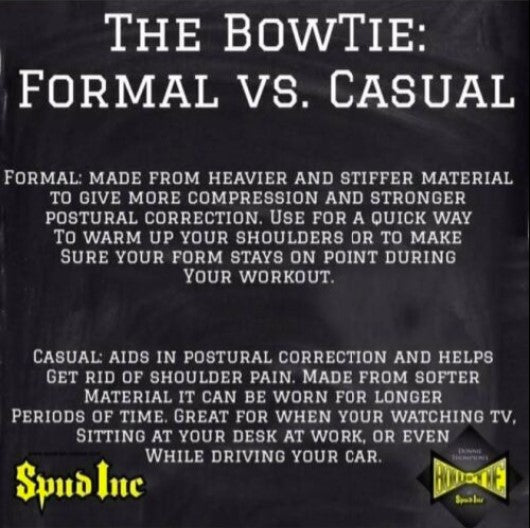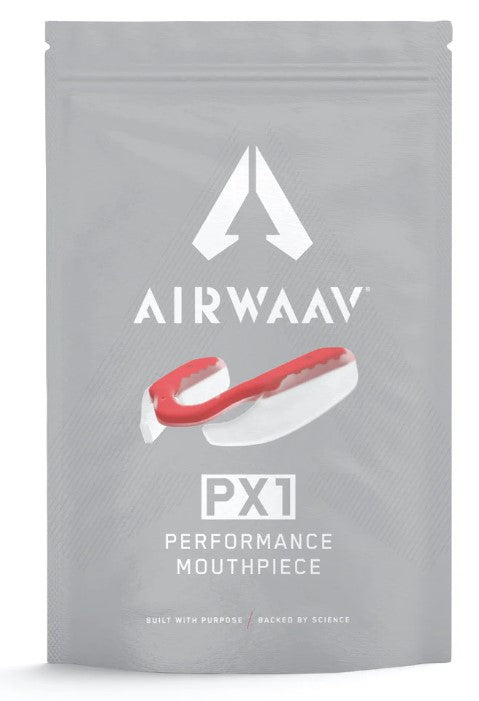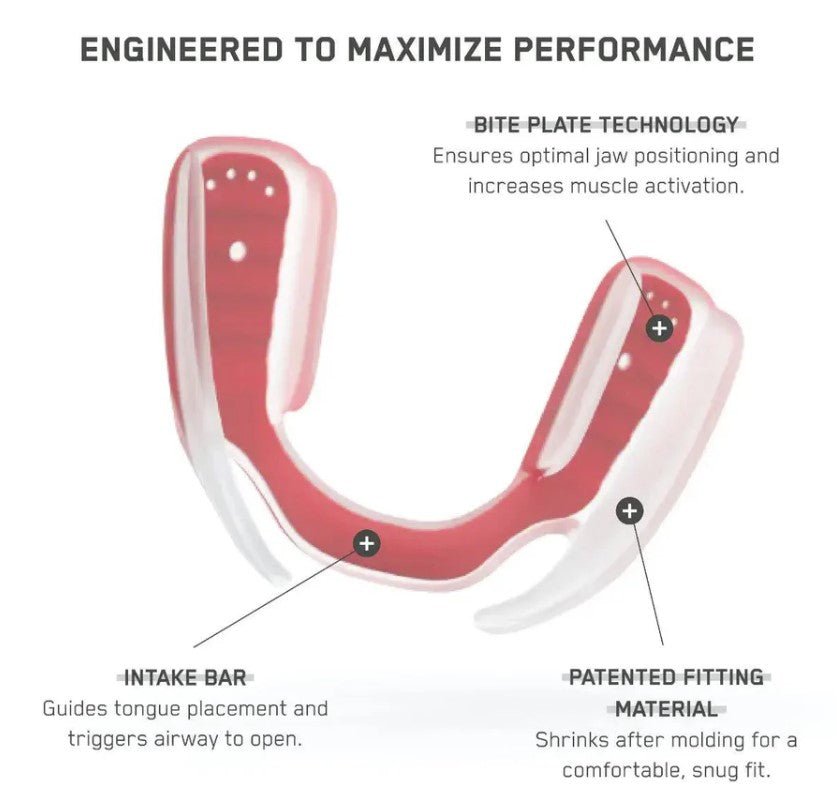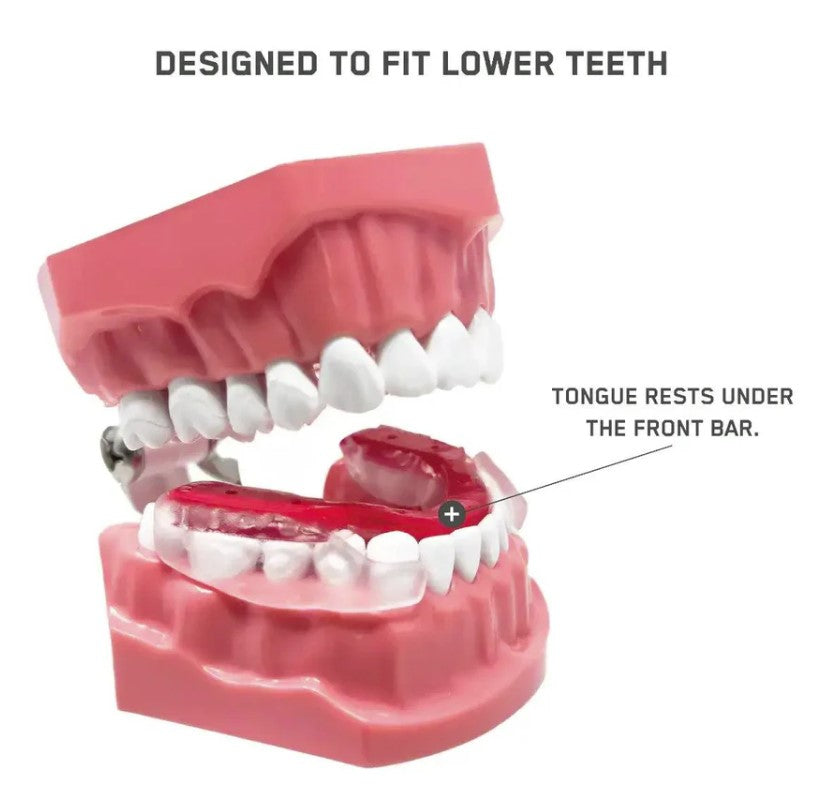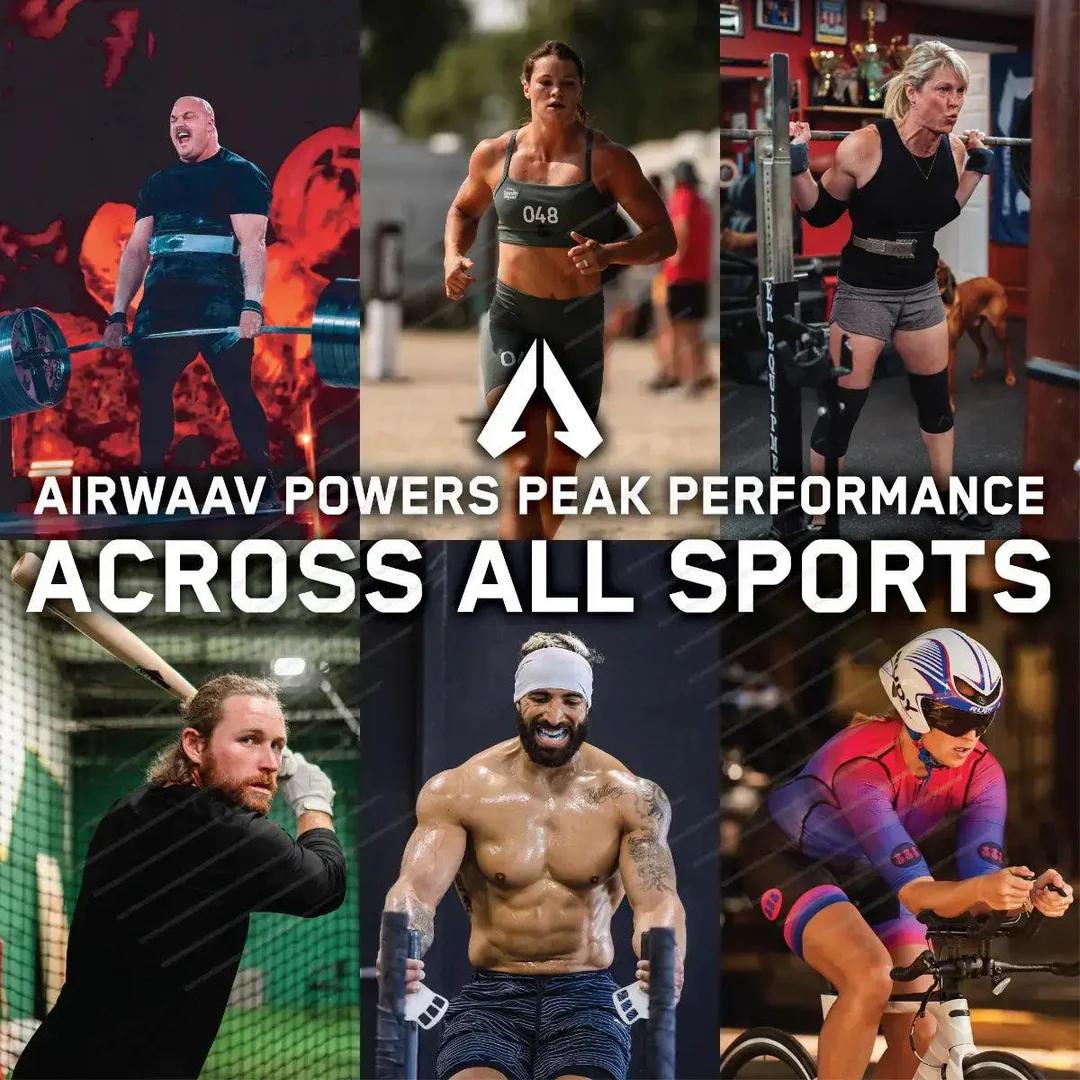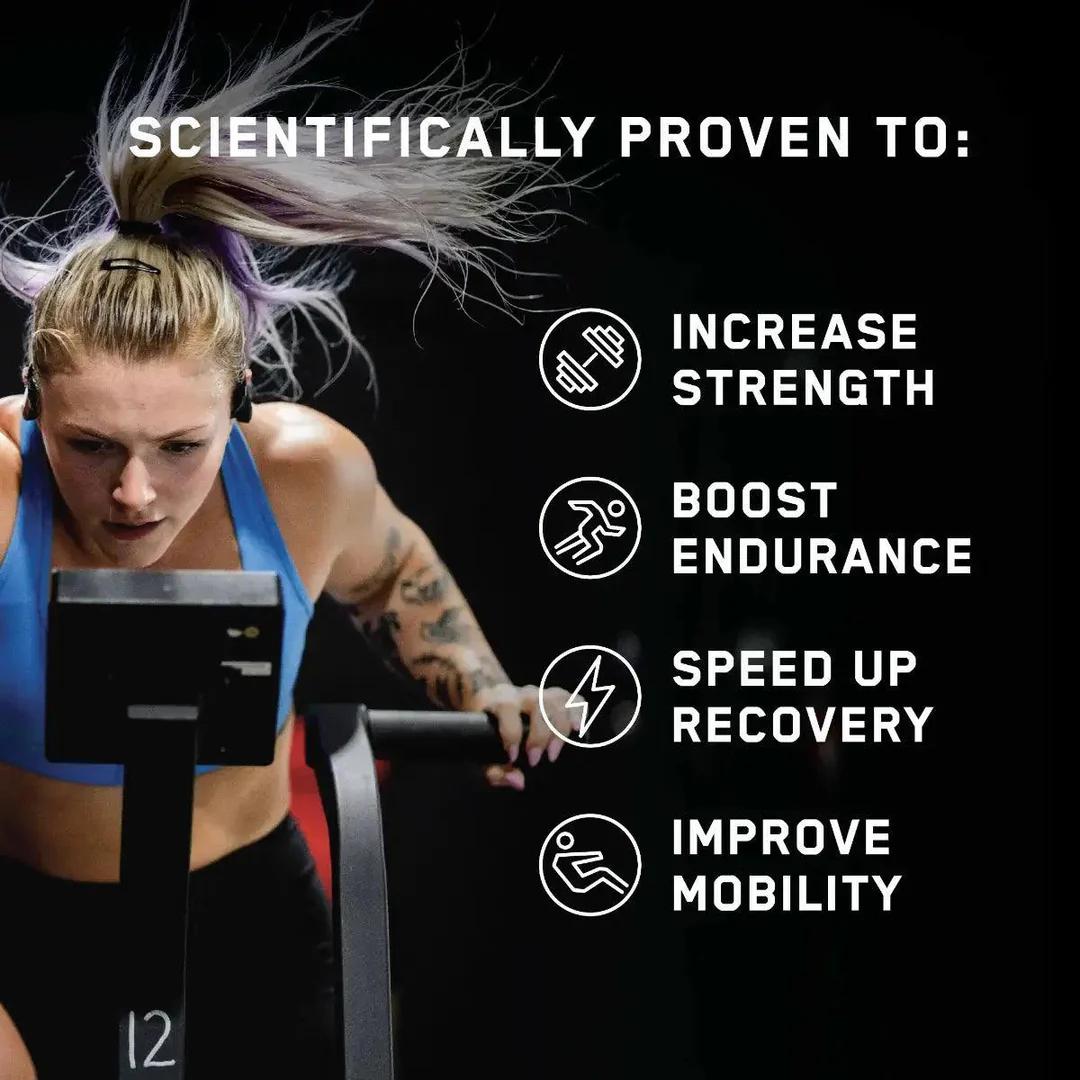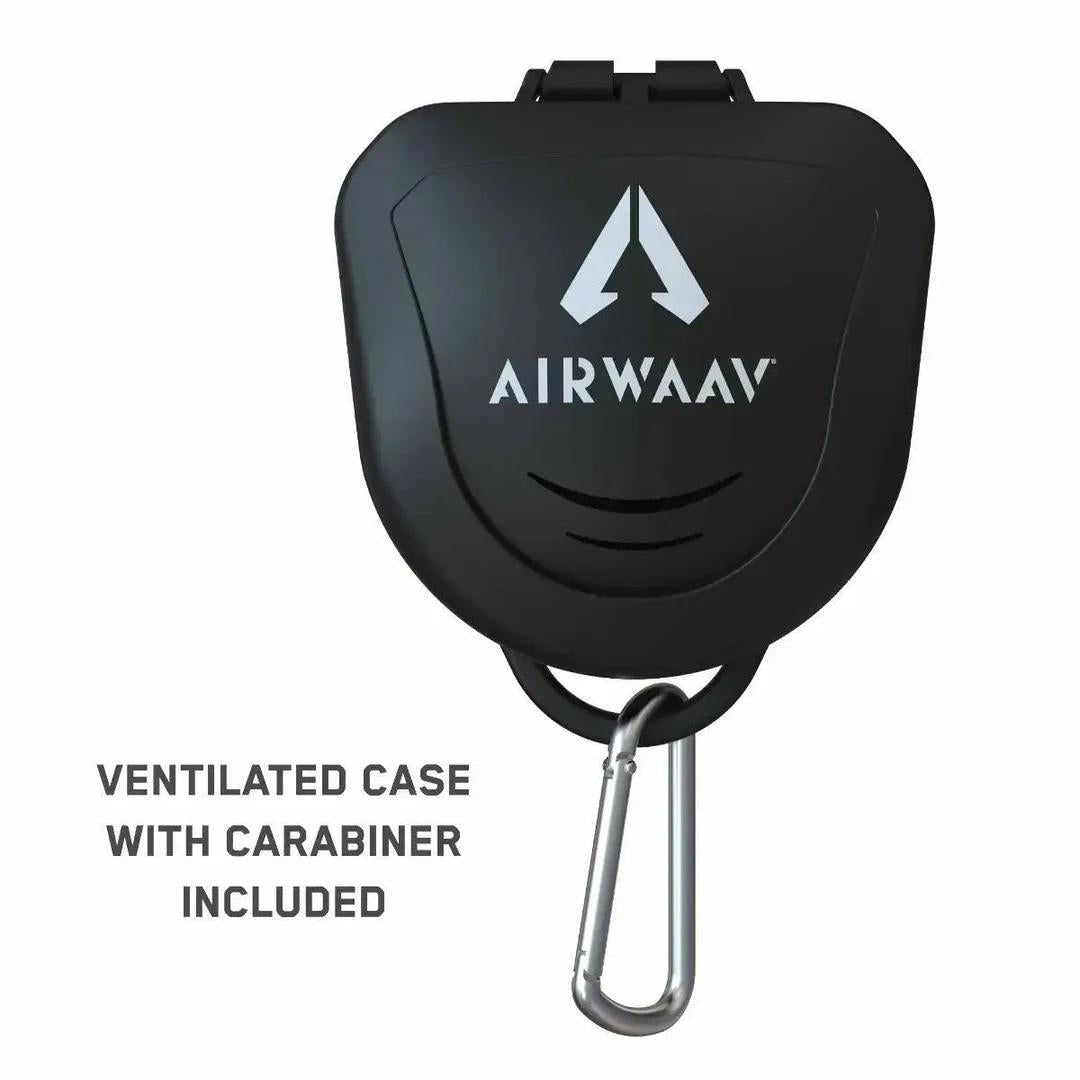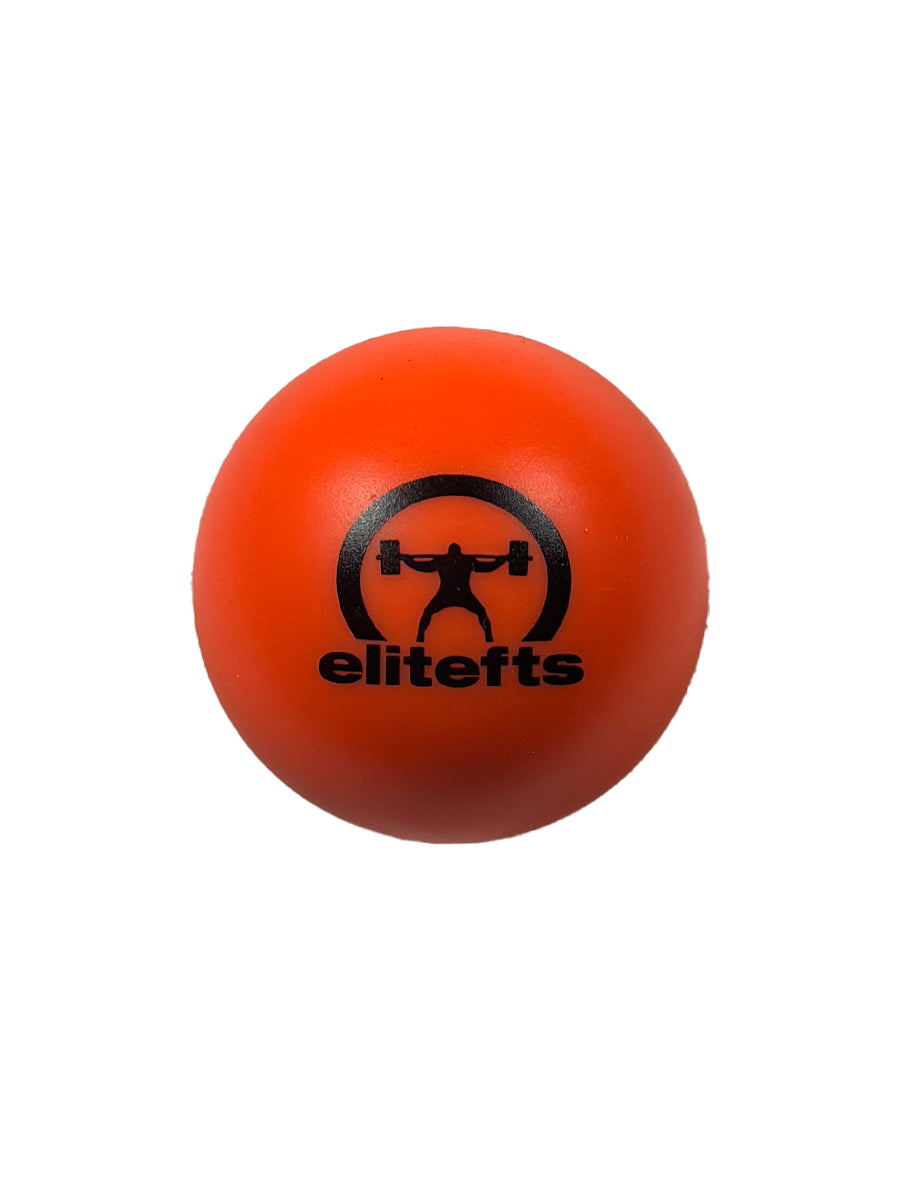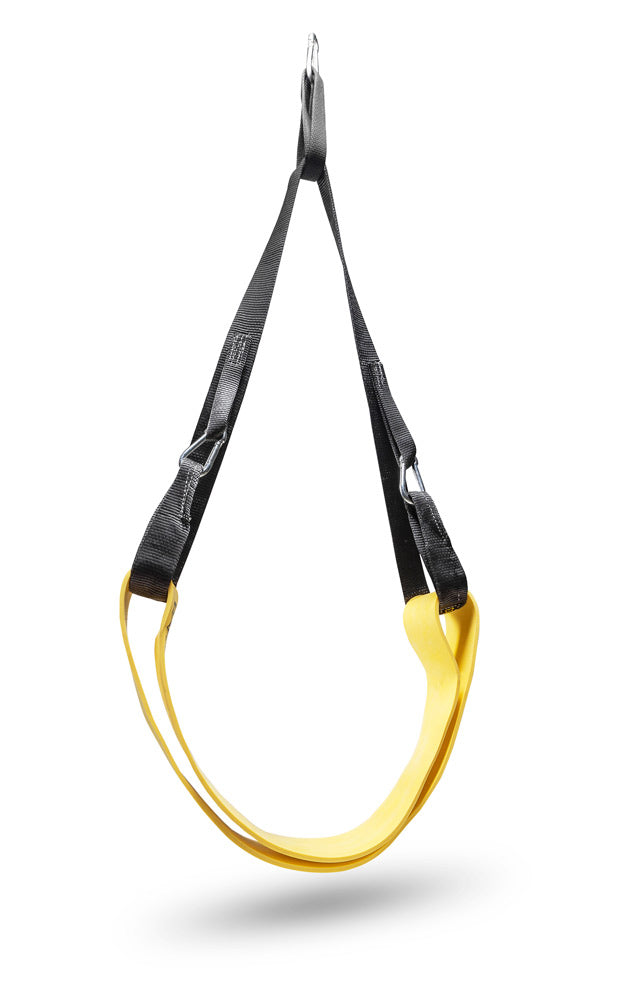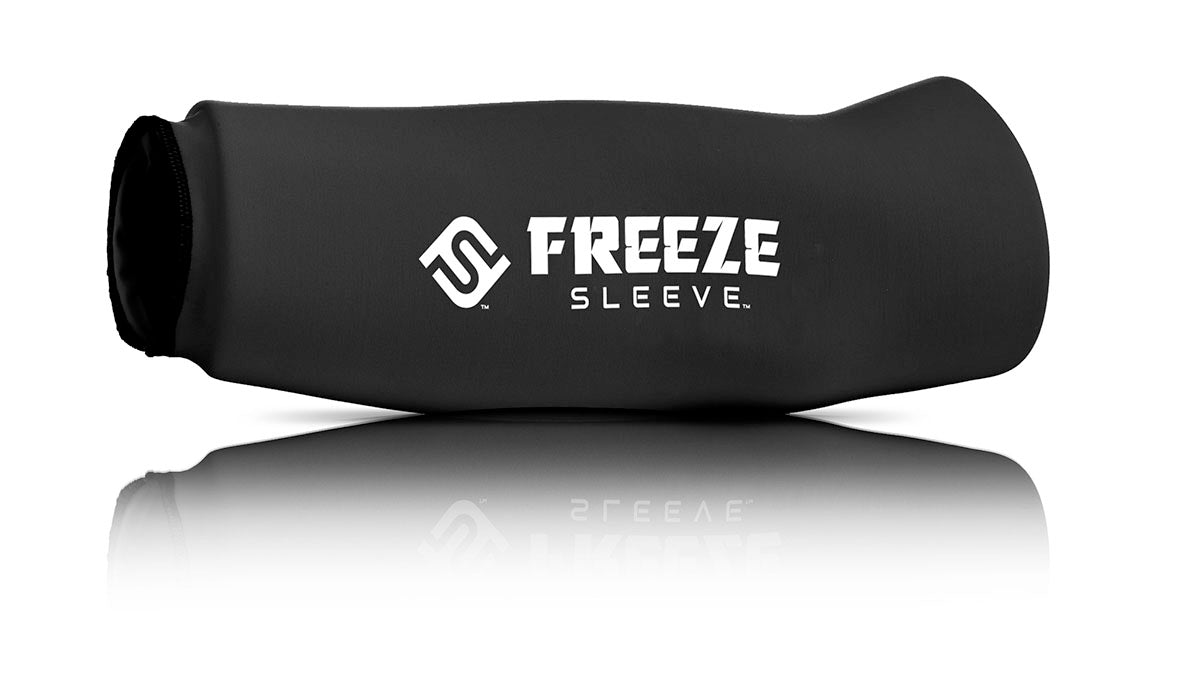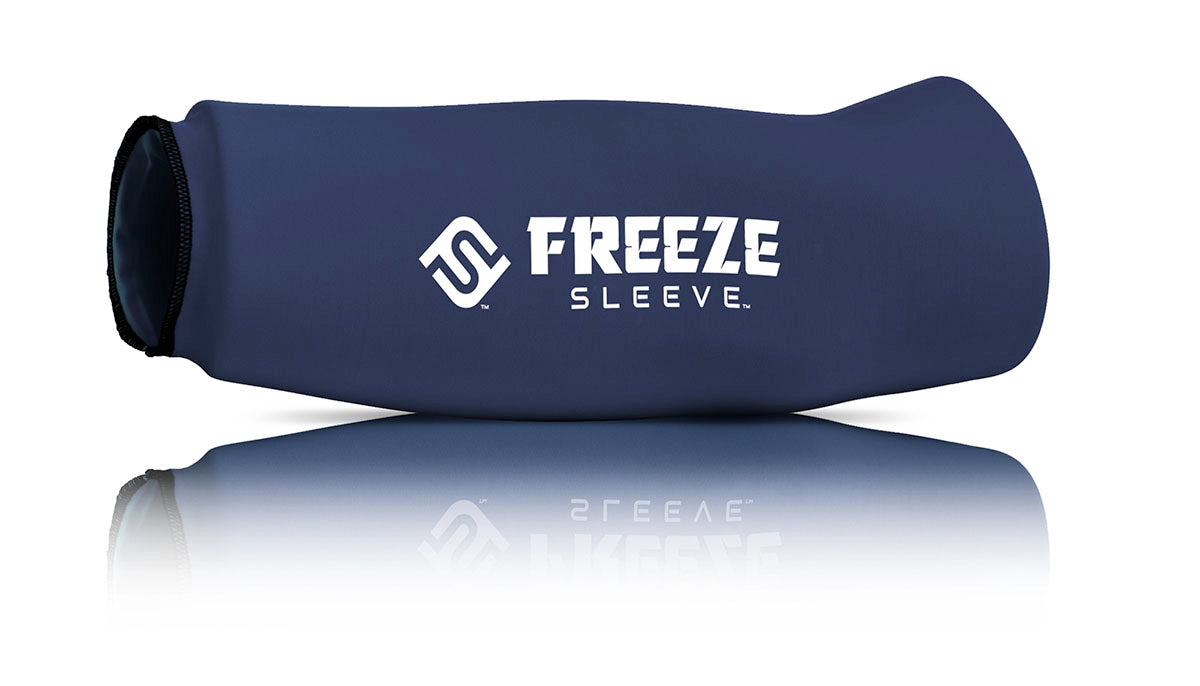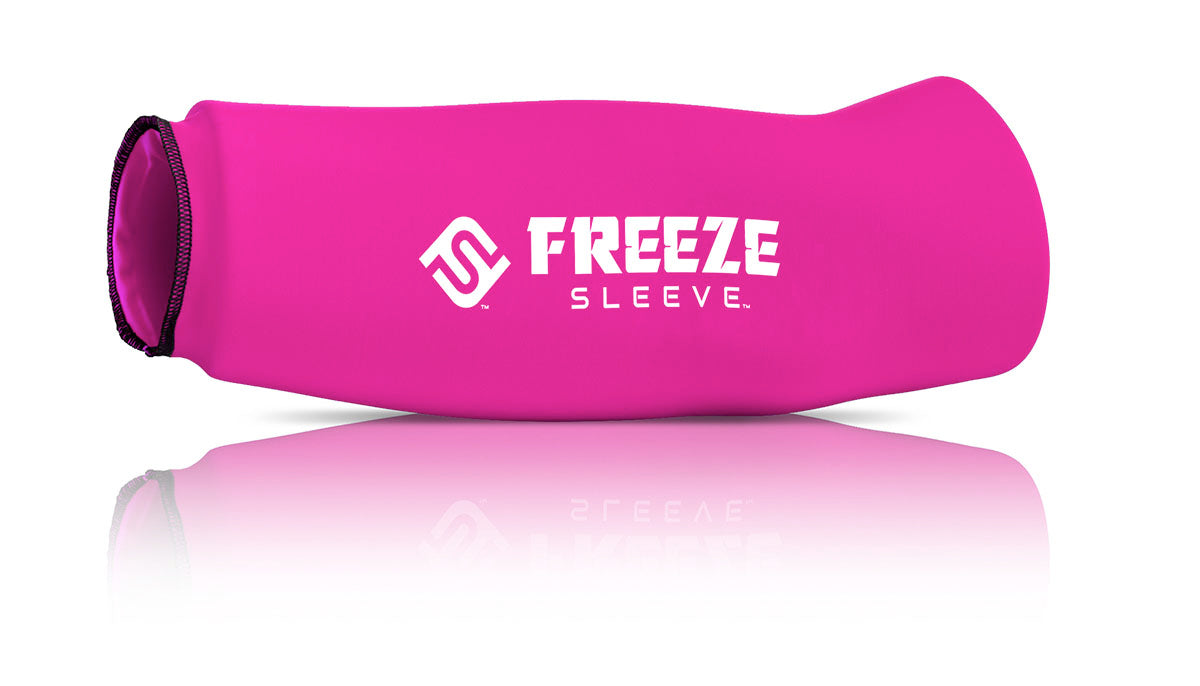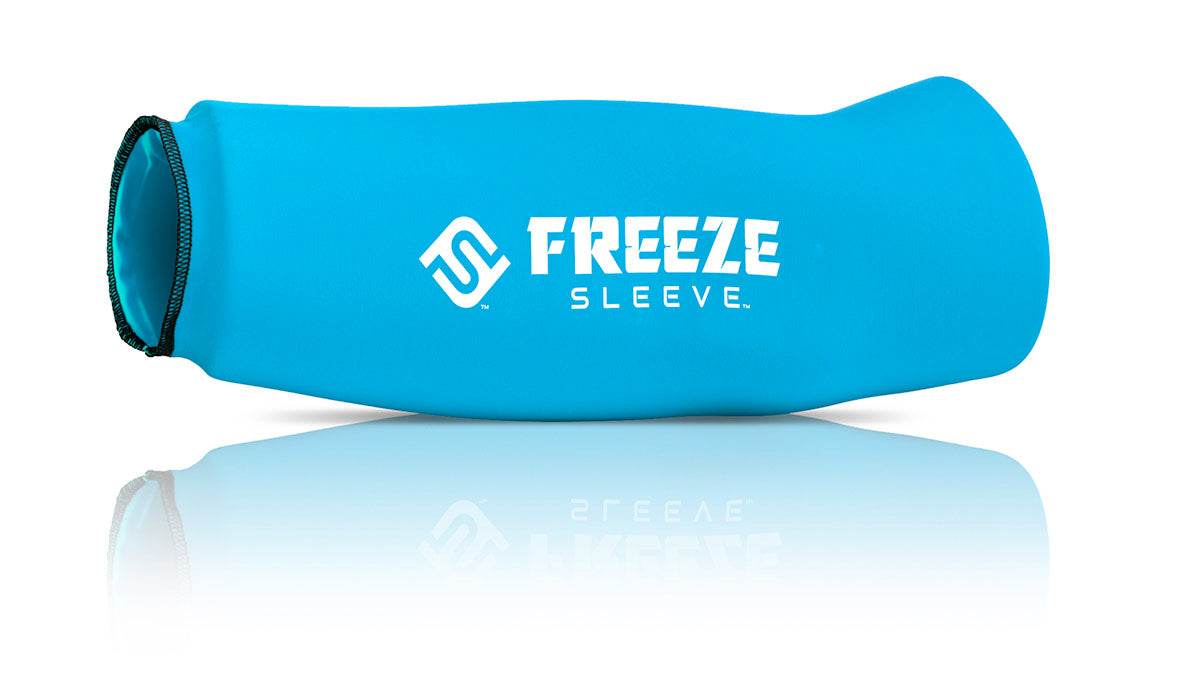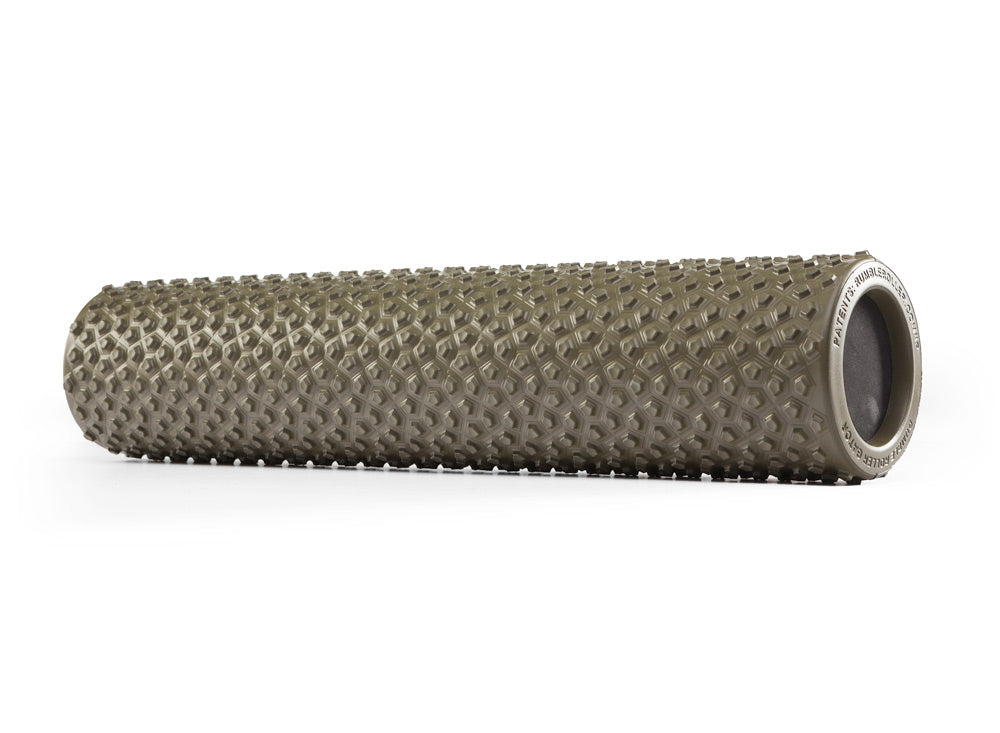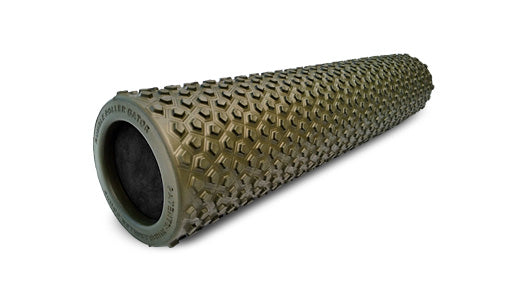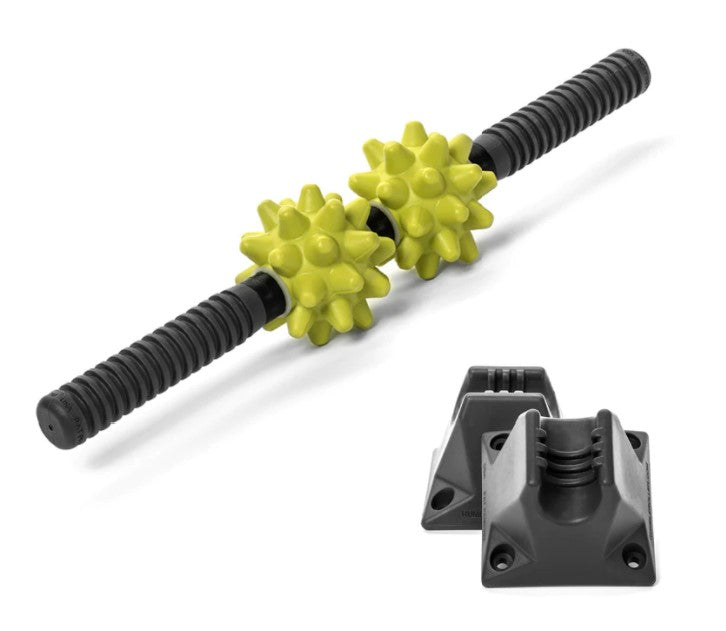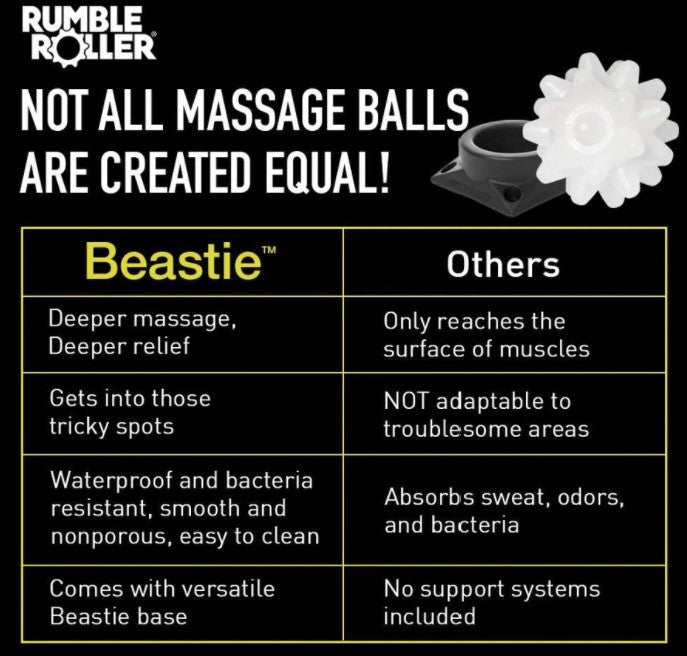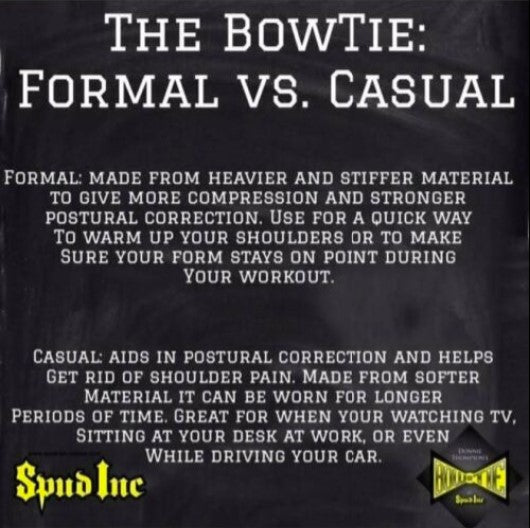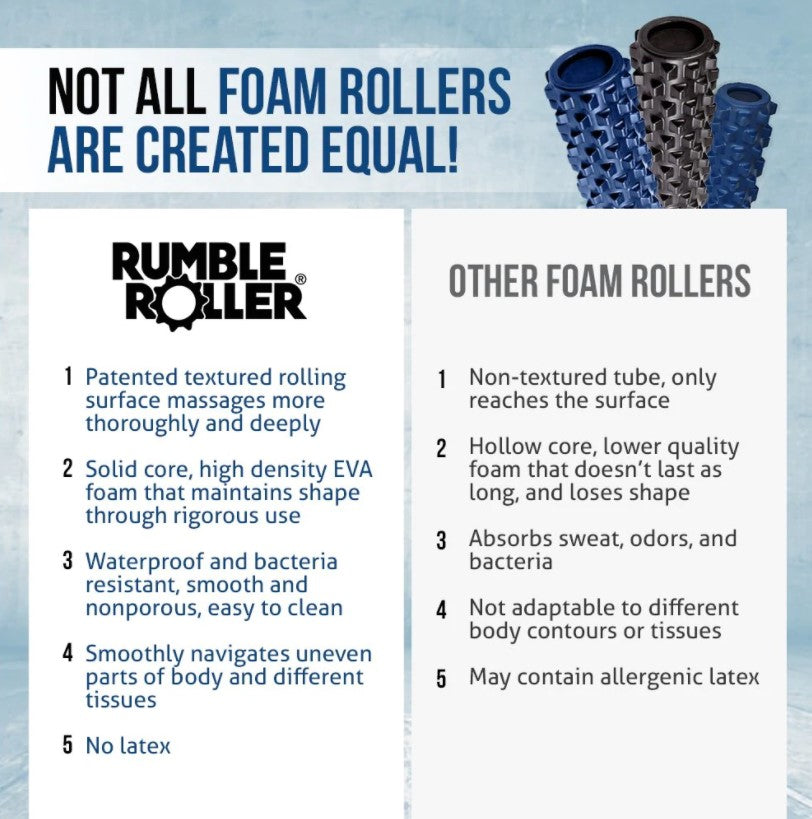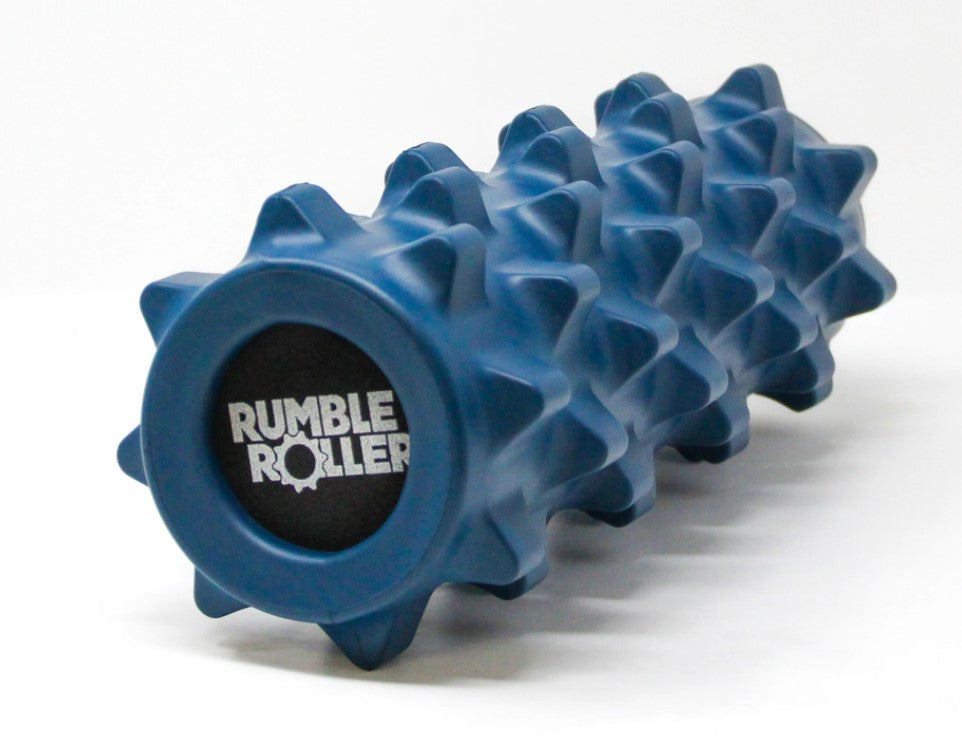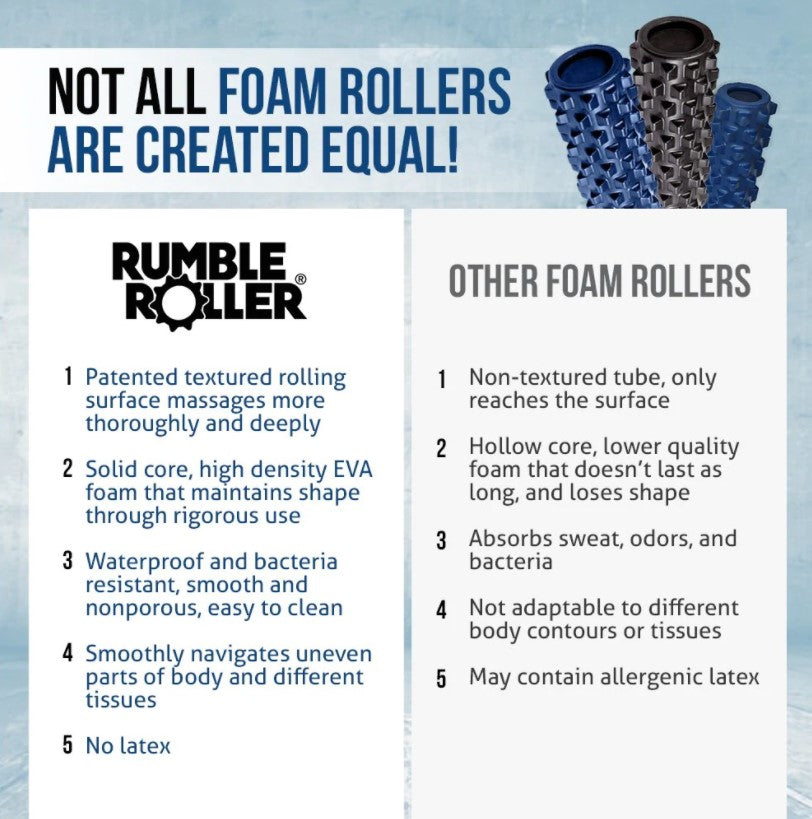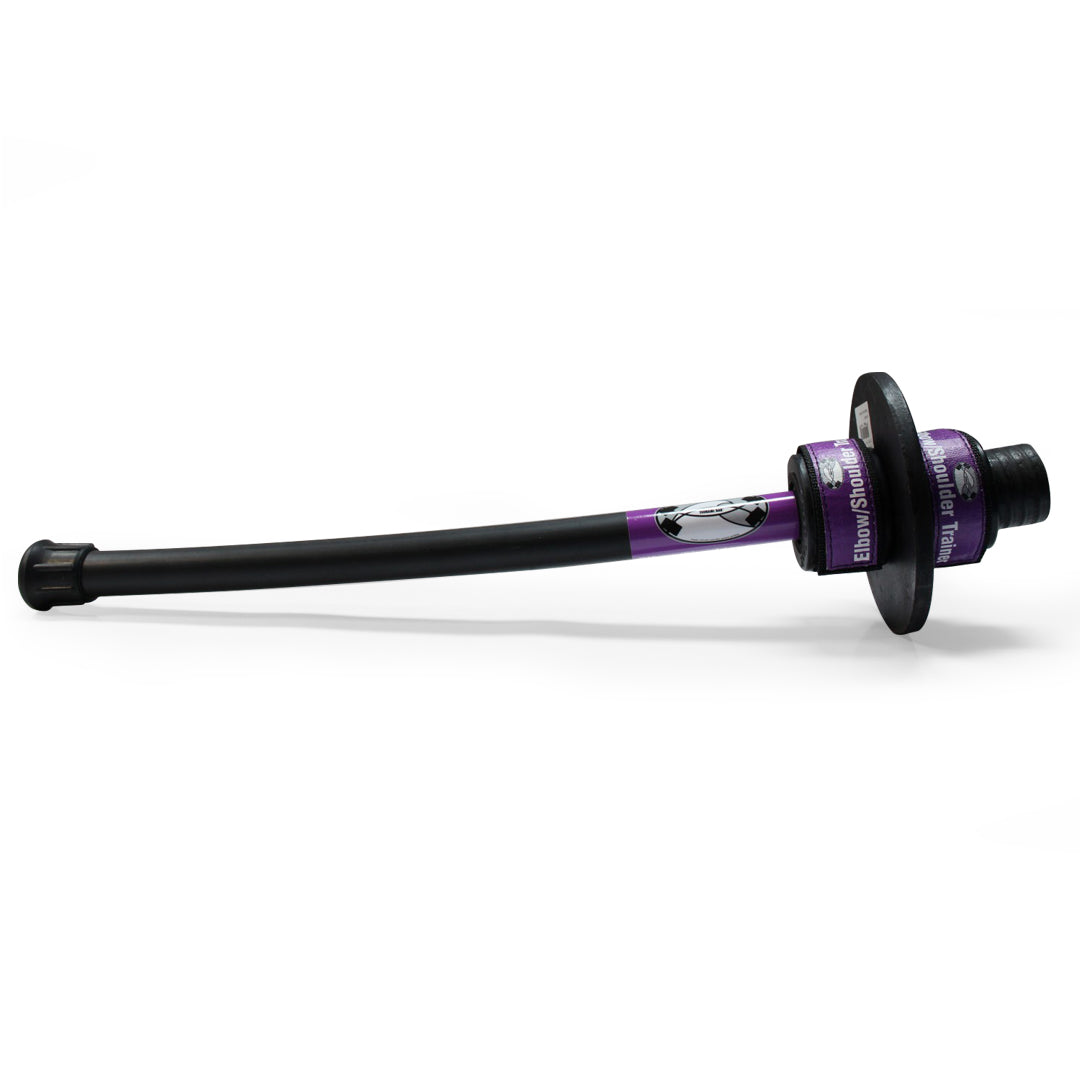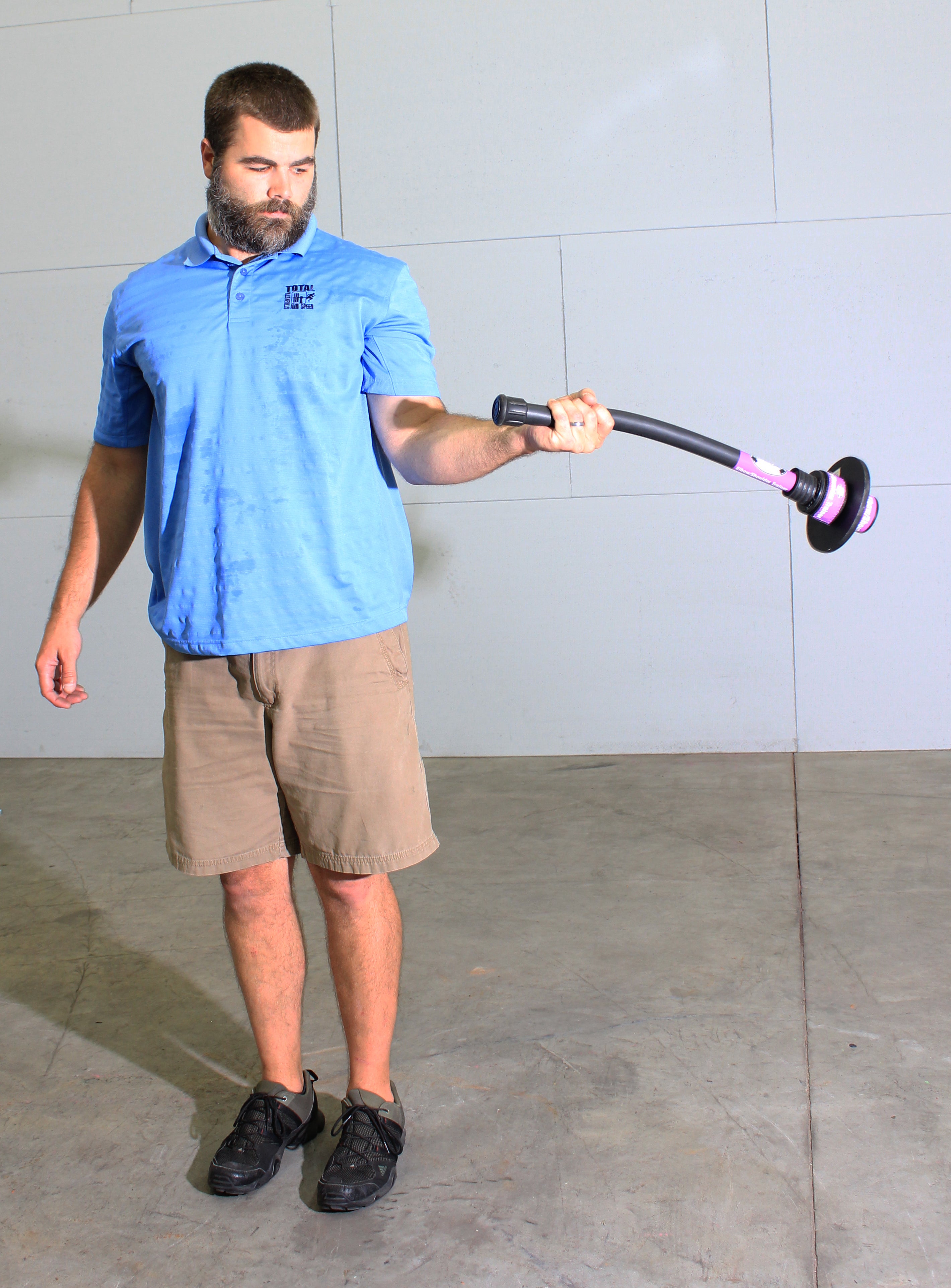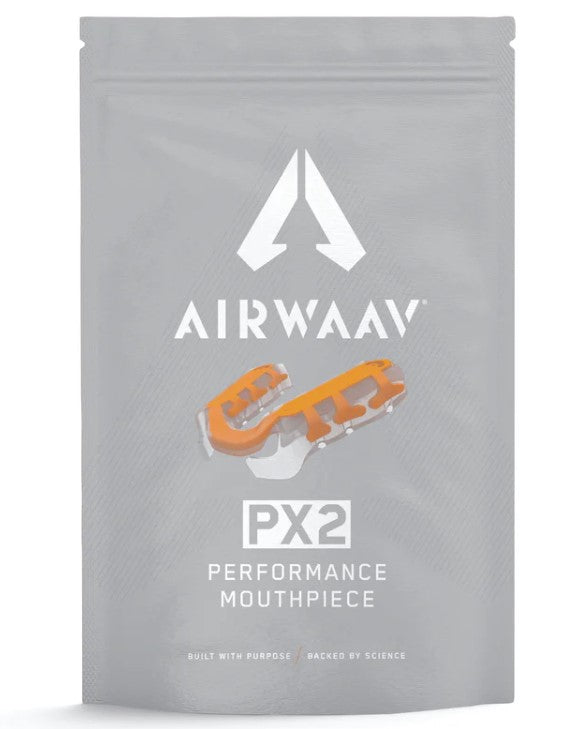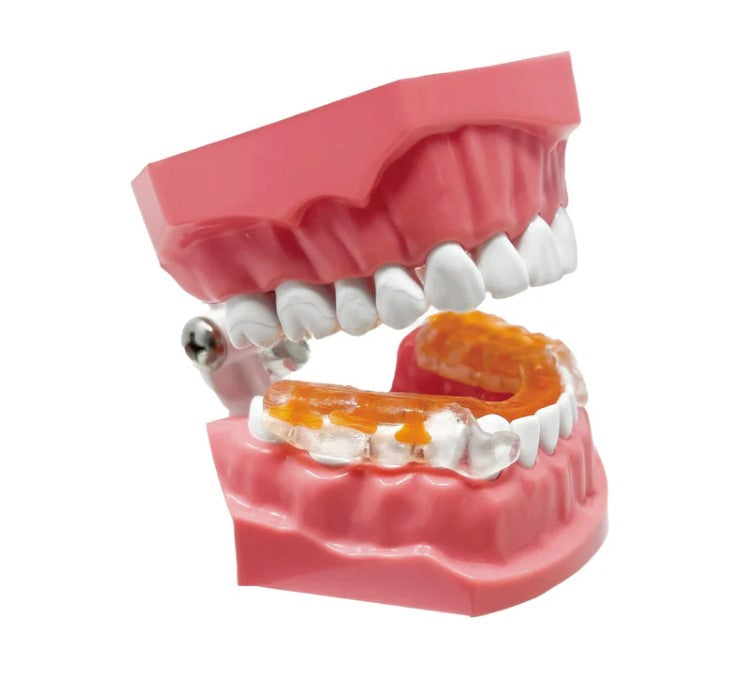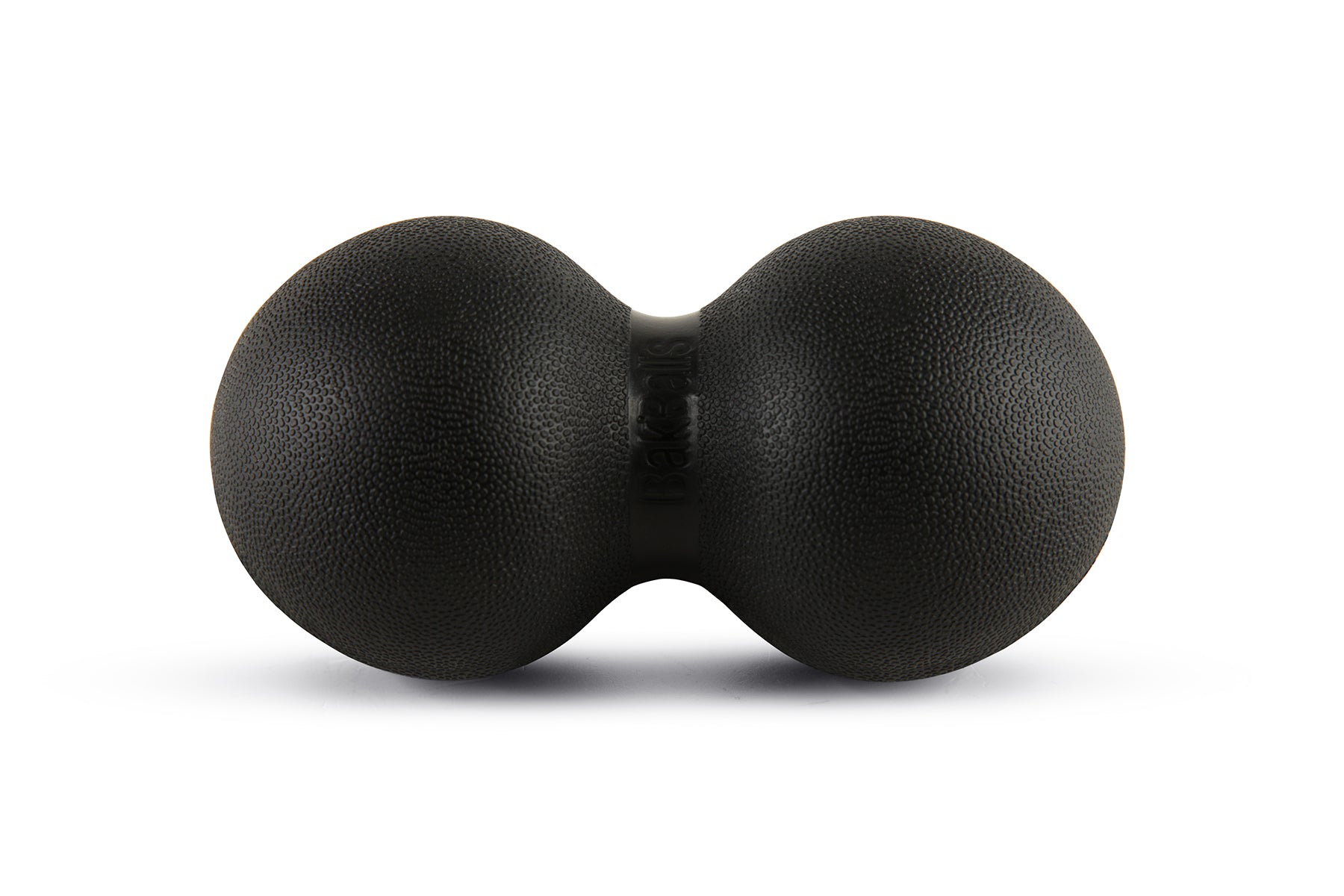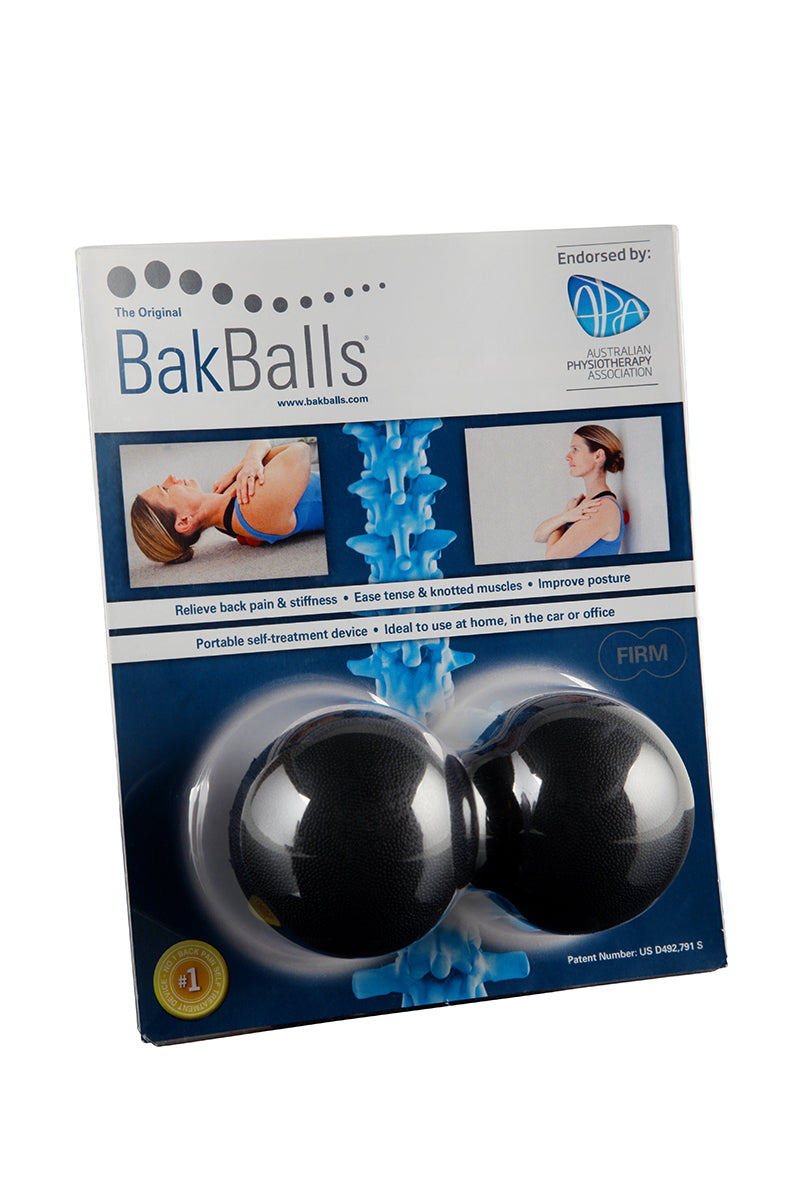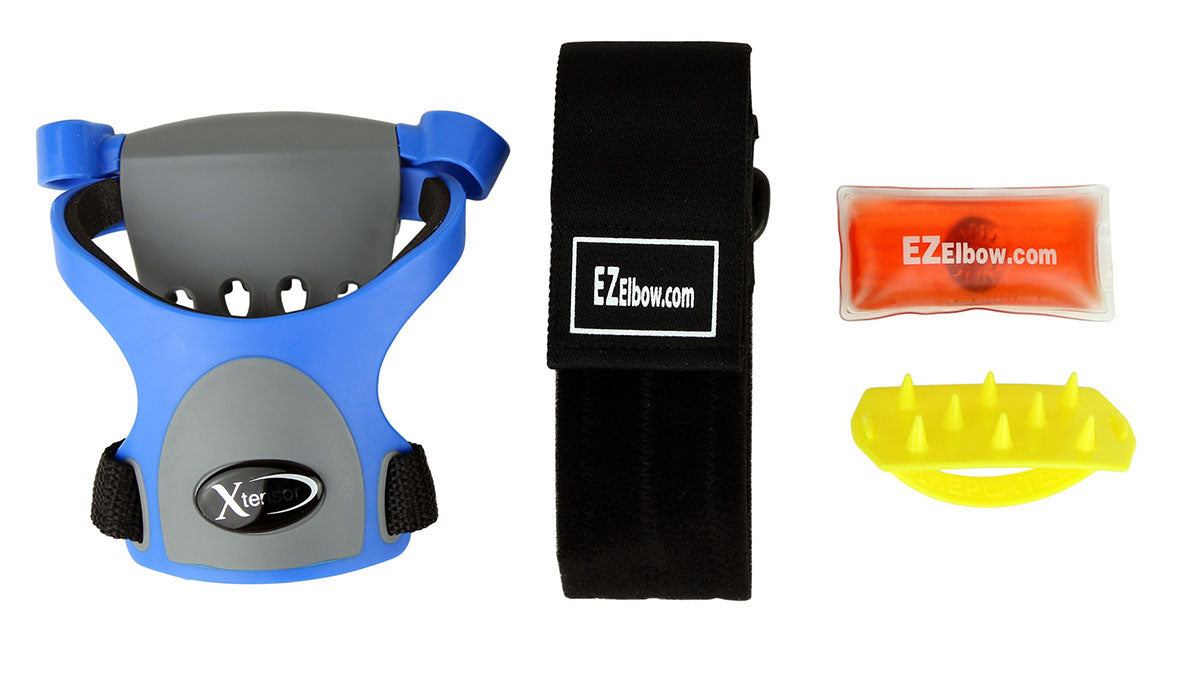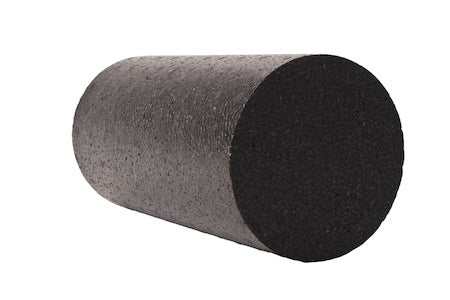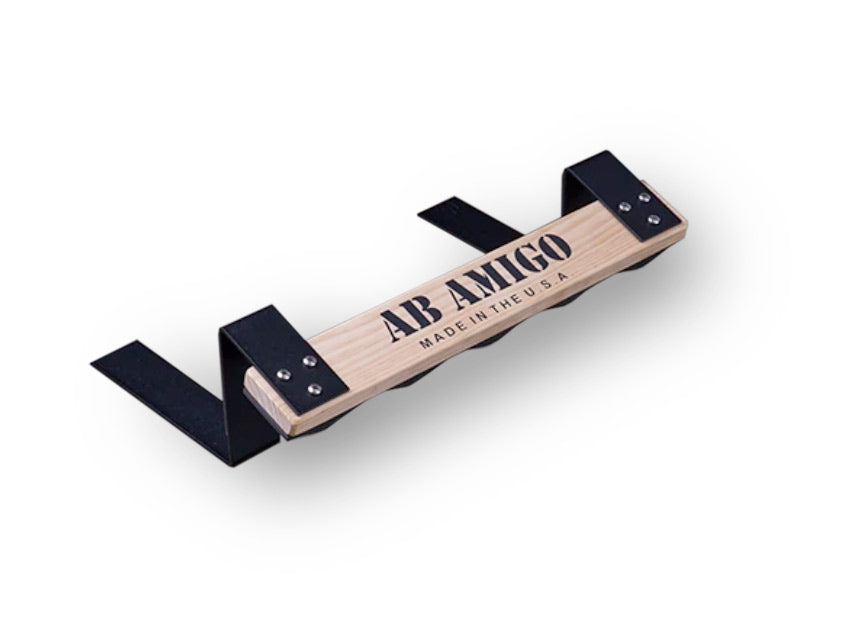www.ReactiveTrainingSystems.com. However you choose to do it, monitor yourself for overtraining indications. If you see them starting to occur, don’t just treat it with wishful thinking. Passive Recovery Passive recovery is another great way to improve recovery. Passive recovery methods (such as contrast showers and massage) can work through a couple of mechanisms. They can affect the muscle itself by inducing additional blood flow to bring in nutrients and remove metabolic by-products. Passive methods can also affect you on a systemic level. In this sense, they help your entire body recover at a faster rate mostly by encouraging balance in the autonomic nervous system (ANS). Here’s a crash course in the ANS. It’s a part of the nervous system that controls automatic processes (hormones, digestion, heart rate, blood flow). The ANS is composed of two sides—the sympathetic (fight or flight) and the parasympathetic (rest and digest). Without going into a large amount of detail regarding the ANS, suffice it to say that we generally want our ANS to be balanced or slightly parasympathetic (unless we’re getting ready for training or a competition). This is better for overall recovery. Overtraining often results in the ANS being shifted to the sympathetic side. If this is the case, we want to choose passive recovery methods that promote the parasympathetic side. This helps bring our ANS back into balance and results in a faster recovery rate. Some methods that can shift you back toward parasympathetic are hot bathing/hot whirlpool for 15–20 minutes, relaxation massage, stretching, and even meditation. Although some of these methods are foreign to some, they do work. Sometimes overtraining can push the ANS the opposite way and leave you parasympathetic dominant. In this case, you still show impaired recovery. The above methods won’t help either. This time you’ll need to employ methods intended to strengthen the sympathetic side of the ANS. Some examples of these methods are contrast showers, hot-cold therapy, and vigorous massage. In general, the first set of methods tends to be more relaxing while the second set of methods tends to be more invigorating. The key to knowing which set to use is to know the state of your ANS. For some additional information on this, please refer to the above section. Relax The last tip is to simply relax. Most people miss this one because we get so caught up in always doing more. Not getting stronger? Do more work. Not recovering enough? Use more recovery methods. You get the picture. But this isn’t always the best or most efficient course of action. Sometimes the best thing to do is just relax a bit and take some time to do nothing training related. Now remember — I said relax. I mean actually relax, not watch television or play video games. Often those two activities are used during the evening hours before bed. They are also stimulatory in nature, which can disrupt sleep patterns and also push that sympathetic imbalance I was talking about earlier. It is far better to spend some time in quiet conversation or reading to help prepare you for sleep. If that doesn’t sound like your “thing,” that’s fine. Do what you want, but realize the decision you’re making will affect your recovery and ultimately how you achieve your goals. By now, you understand a little more about overtraining, how to avoid it, and what to do if it happens. If you put at least a few of these methods into practice, you’re sure to improve your training efficiency, which will result in bigger gains over the long term. Thanks for reading!

Getting Over Overtraining: Five Practical Tips
www.ReactiveTrainingSystems.com. However you choose to do it, monitor yourself for overtraining indications. If you see them starting to occur, don’t just treat it with wishful thinking. Passive Recovery Passive recovery is another great way to improve recovery. Passive recovery methods (such as contrast showers and massage) can work through a couple of mechanisms. They can affect the muscle itself by inducing additional blood flow to bring in nutrients and remove metabolic by-products. Passive methods can also affect you on a systemic level. In this sense, they help your entire body recover at a faster rate mostly by encouraging balance in the autonomic nervous system (ANS). Here’s a crash course in the ANS. It’s a part of the nervous system that controls automatic processes (hormones, digestion, heart rate, blood flow). The ANS is composed of two sides—the sympathetic (fight or flight) and the parasympathetic (rest and digest). Without going into a large amount of detail regarding the ANS, suffice it to say that we generally want our ANS to be balanced or slightly parasympathetic (unless we’re getting ready for training or a competition). This is better for overall recovery. Overtraining often results in the ANS being shifted to the sympathetic side. If this is the case, we want to choose passive recovery methods that promote the parasympathetic side. This helps bring our ANS back into balance and results in a faster recovery rate. Some methods that can shift you back toward parasympathetic are hot bathing/hot whirlpool for 15–20 minutes, relaxation massage, stretching, and even meditation. Although some of these methods are foreign to some, they do work. Sometimes overtraining can push the ANS the opposite way and leave you parasympathetic dominant. In this case, you still show impaired recovery. The above methods won’t help either. This time you’ll need to employ methods intended to strengthen the sympathetic side of the ANS. Some examples of these methods are contrast showers, hot-cold therapy, and vigorous massage. In general, the first set of methods tends to be more relaxing while the second set of methods tends to be more invigorating. The key to knowing which set to use is to know the state of your ANS. For some additional information on this, please refer to the above section. Relax The last tip is to simply relax. Most people miss this one because we get so caught up in always doing more. Not getting stronger? Do more work. Not recovering enough? Use more recovery methods. You get the picture. But this isn’t always the best or most efficient course of action. Sometimes the best thing to do is just relax a bit and take some time to do nothing training related. Now remember — I said relax. I mean actually relax, not watch television or play video games. Often those two activities are used during the evening hours before bed. They are also stimulatory in nature, which can disrupt sleep patterns and also push that sympathetic imbalance I was talking about earlier. It is far better to spend some time in quiet conversation or reading to help prepare you for sleep. If that doesn’t sound like your “thing,” that’s fine. Do what you want, but realize the decision you’re making will affect your recovery and ultimately how you achieve your goals. By now, you understand a little more about overtraining, how to avoid it, and what to do if it happens. If you put at least a few of these methods into practice, you’re sure to improve your training efficiency, which will result in bigger gains over the long term. Thanks for reading!

EliteFTS Table Talk— Where strength meets truth. Hosted byDave Tate, Table Talk cuts through the noise to bring raw, unfiltered conversations about training, coaching, business, and life under the bar. No fluff. No hype. Just decades of experience — shared to make you stronger in and out of the gym.

Join the Crew!
Support us and access premium content monthly!






